[ad_1]
By Customer Author Sean Barker.
What’s a polytunnel?
A polytunnel is a greenhouse-like, semi-circular building made with sturdy metallic, PVC, or wood frames. They’re lined with sturdy plastic sheets usually made out of polythene (subsequently the “poly”) and may very well be constructed in numerous widths and lengths. Gardeners use small polytunnels to extend the rising seasons of fruits, greens, and completely different vegetation, to protect vegetation from extreme local weather, and to develop vegetation they couldn’t in another case develop of their native climate. On farms, they’re moreover used for housing animals and storing instruments – people have even been acknowledged to utilize them as plane hangars!
Why do you need to use a polytunnel?
There are numerous benefits a polytunnel offers to gardeners of all expertise ranges.
- Longer rising season – Polytunnels can in all probability lengthen the rising season by 6 weeks at each end. This suggests you can develop your favorite vegatables and fruits earlier or later throughout the season.
- Bigger crops – Crops grown in polytunnels have the potential to be bigger than crops grown in an open yard.
- Glorious for starting crops – Even once you favor to develop your crops in open soil, a polytunnel may very well be good for getting seedlings started in a temperature managed, protected environment.
- Security from pests – They supply a big layer of security that retains seedlings protected against hungry birds, squirrels, deer, and completely different wildlife.
- Security from heat and environment administration – You can administration all aspects of the rising environment, along with temperature, humidity and air move.
- Useful improvement – They’re sooner to assemble than eternal buildings, and they’re usually designed to your precise dimension specs.
- Adaptability – They’re comparatively easy to extend, switch, and adapt to altering needs.
- Value for money – They’re cheaper to assemble and maintain than greenhouses – on frequent, polytunnels have a lower value per sq. meter.
What can you develop in a polytunnel?
Just about one thing! The one vegetation we’d recommend not using a polytunnel for are fruit timber (which may outgrow the tunnel) and vegetation with thorns, as these could hurt the cover.
Getting started
The best choice to get started in polytunnel gardening is to assemble your particular person, small polytunnel. Do you have to solely have a small space or aren’t in a position to make the dedication however, you might get ‘mini polytunnels’. A mini polytunnel is a 4-foot broad tunnel that requires minimal assembly and maintenance nonetheless offers loads of the equivalent benefits as a full-size polytunnel. It’s best to use these to protect new crops whereas they’re throughout the seedling stage or to defend spring crops from frost.
How one can assemble your particular person polytunnel
Do you have to’ve decided to assemble your particular person polytunnel, it’s essential that you simply perceive how you can do it appropriately. Many people choose to sort out establishing their very personal polytunnel as a DIY enterprise as a result of it’s the right train for a sunny, dry weekend. Do you have to aren’t too optimistic of your DIY talents, you can lease professionals to do it for you.
What you’ll need
In all probability probably the most reliable method of establishing a polytunnel is to purchase a package deal on-line. A package deal incorporates the whole thing you need and provides which could be optimized for rising vegetation. Try to enlist the help of three or 4 buddies that can assist you to assemble it.
Provides
A reliable polytunnel package deal consists of:
- Aluminium, PVC or metallic framework and fittings
- Foundations – you might get utterly completely different selections for soil, concrete, and timber, counting on the place you are establishing it
- Timber or aluminum base rail
- Door physique/s
- Door/s
- Polythene sheet/cowl
- Air move
- Anti-hotspot tape
- Additional extras, equal to crop bars and help braces for hanging baskets or suspending canes and crops inside your tunnel
Devices
- Shovel
- Sharp knife
- Picket observed
- Battery operated drill
- Screwdriver
- Wrench set
- String line
- Spirit stage
- Marker pen
Preparing the underside
Choose an area that’s stage, sturdy, and dry.
- Look at the local weather. You should put apart 2 dry days to assemble your polytunnel.
- Decide the place to assemble. Choose an area that may depart spherical 3 ft of space throughout the polytunnel
- Clear the realm. Diploma the underside and clear away any leaves, weeds and particles.
- Mark out the placement with string and stakes.
- If wished, lay a cement foundation to your polytunnel. That’s usually not essential for small tunnels.
Assembling the physique
The physique is the ‘hooped’ building that makes up the inside of the polytunnel.
- Put collectively each hoop, fastidiously following any producer’s instructions. Be sure you get the exact fittings on each hoop to stay away from any factors down the highway.
- Add the completed hoops to the offered flooring tubes.
- Assemble the ridge pole – that’s the pole that runs down the center on the excessive of the polytunnel. Be a part of all the hoops collectively using the pole. You should have a rigid building by now.
- Add any bracing that was offered alongside together with your polytunnel and any crop bars.
- Apply anti-hotspot tape to areas of the physique that may contact the cover – this may forestall overheating and cover hurt.
Defending the physique
Defending your polytunnel physique is the place your workforce of helpers will truly are available in helpful. The additional people there are, the higher it would doubtless be to maintain up the pressure of the polythene sheet as you secure it in place.
There are two strategies to secure a polytunnel sheet – each by together with a base rail to secure it (usually included in a polytunnel package deal upon request) or digging a trench to bury the edges of the cover beneath the soil. Often, base rails are used on extra sturdy flooring, whereas a trench may very well be dug in soil.
- Unfold your polythene cowl and shake it out.
- Fastidiously pull the polytunnel all through the erected physique, taking time to make sure it is evenly distributing on all sides.
- Affix the cover to your base rail, or bury the edges throughout the trench, being cautious to maintain up strain.
- As quickly as your cowl is secured, you will want to cut the cover to have the ability to add your door physique/s and door/s.
Ending touches
- As quickly as the development is achieved, add the door rail, timber door frames, and maintain the doorways.
- Trim any additional from the polythene cowl and tidy it up.
- If wished, add strain to the cover by elevating the hoops (once you dug a trench) or adjusting the underside rail.
Polytunnel FAQs
Is it best to develop instantly throughout the flooring or in containers?
Many polytunnel growers choose to develop in containers or raised beds, regardless of you prefer.
How prolonged do polytunnels last?
They will last wherever as a lot as 15-20 years if appropriately maintained, nonetheless you do need to interchange the polythene cowl every few years as placed on and tear will occur.
What dimension polytunnel do you need to buy?
Do you have to’re new to polytunnels, start small. A tunnel with a 6-foot width is usually best.
The polytunnel is a versatile and economical alternative for shielding your produce from the climate. Do you have to assemble one, you will need to observe the principles above, and profit from the liberty of attempting utterly completely different rising methods and crop variations that the extended rising season provides.
Author’s Bio: Sean Barker is the managing director of First Tunnels, the UK’s fundamental supplier of every ‘residence’ and ‘enterprise’ polytunnels.
[ad_2]
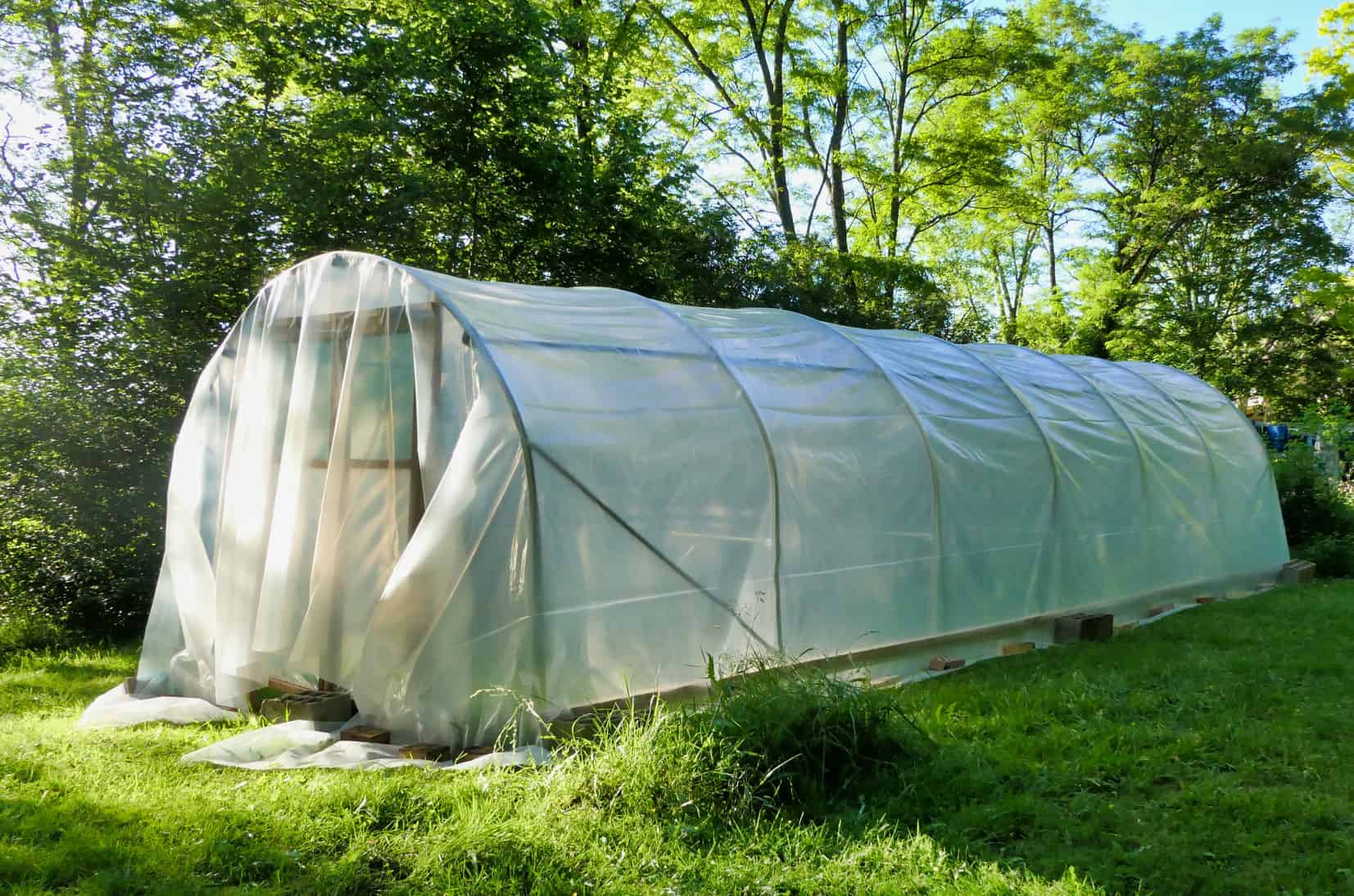
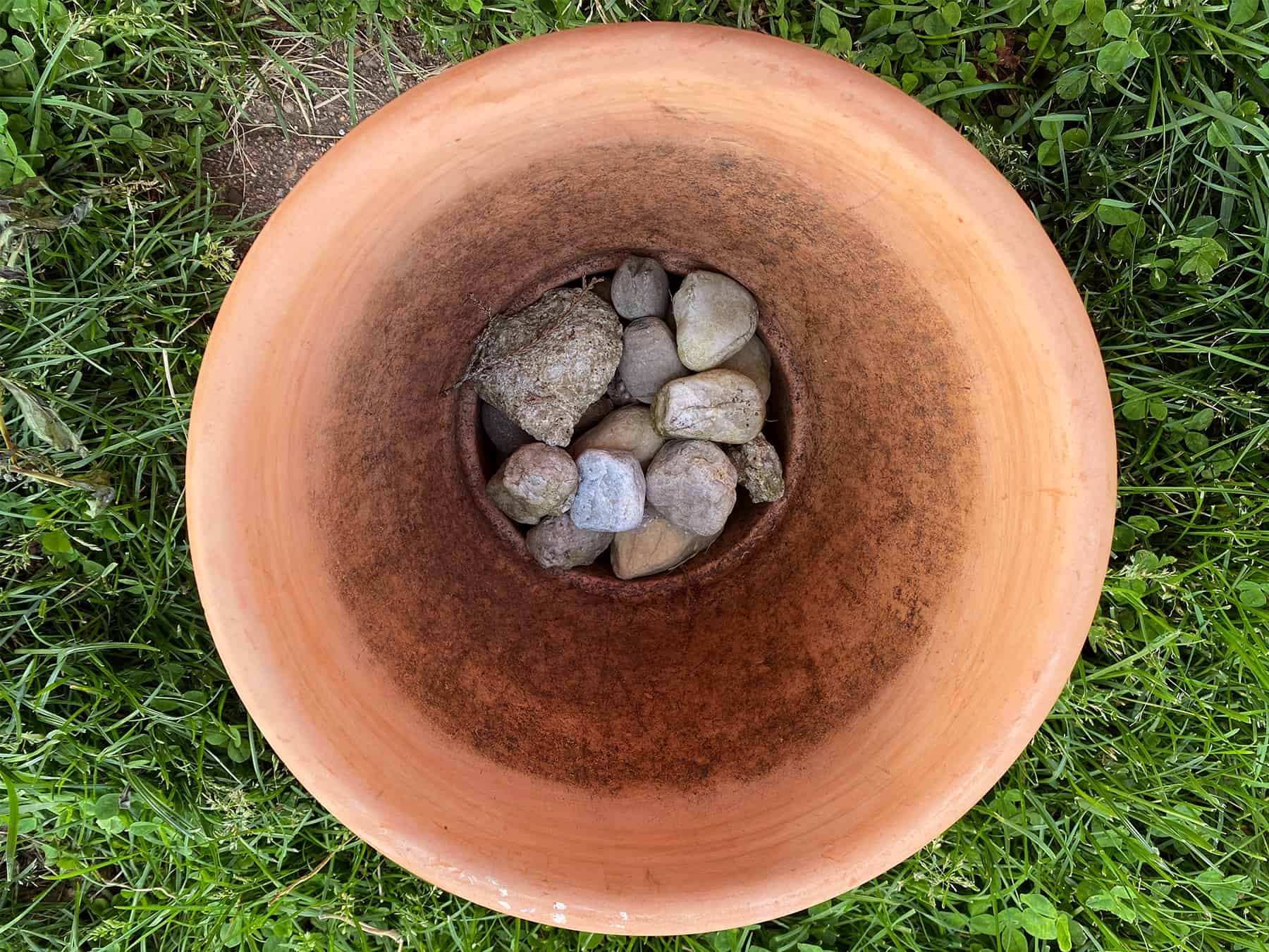
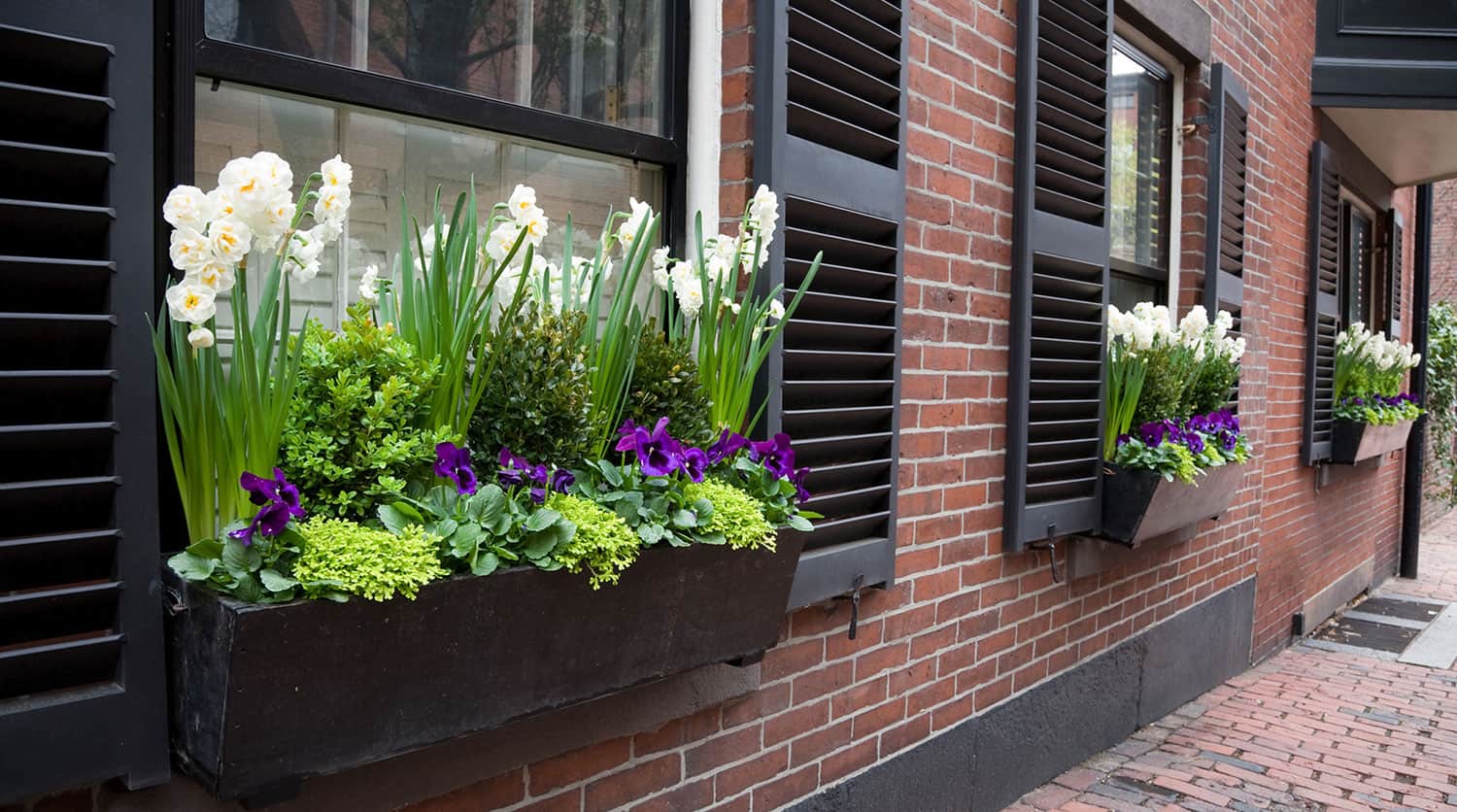
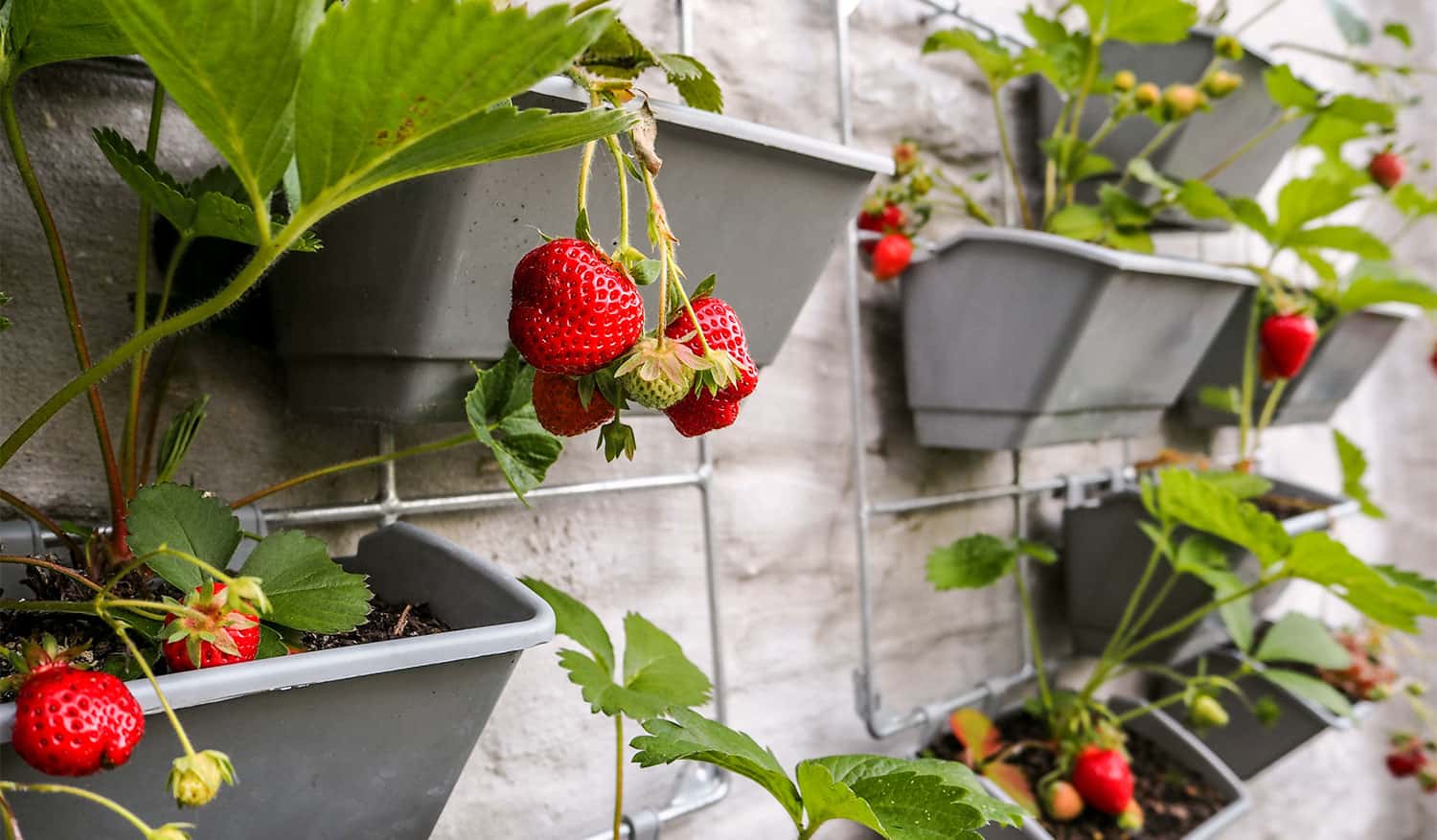


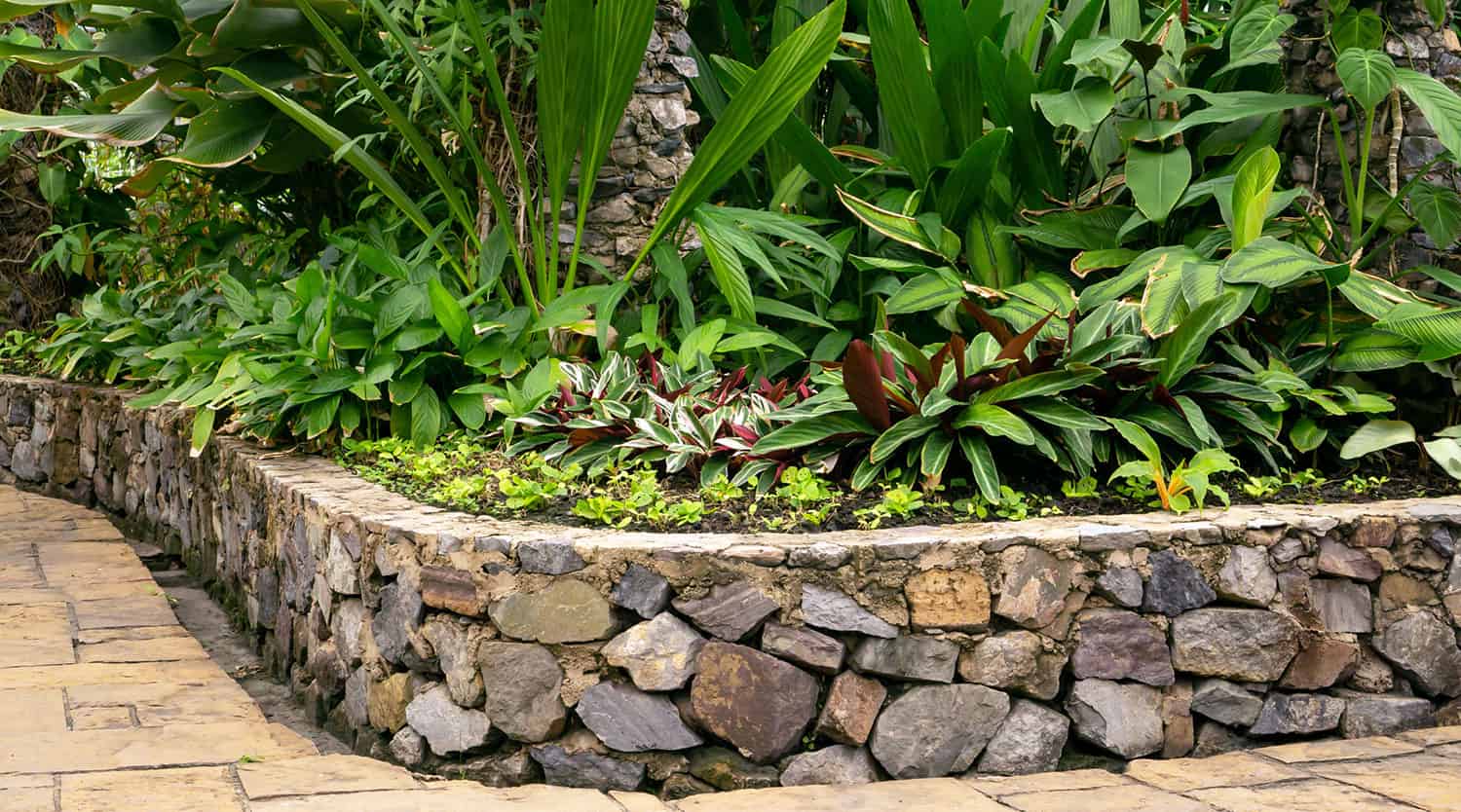



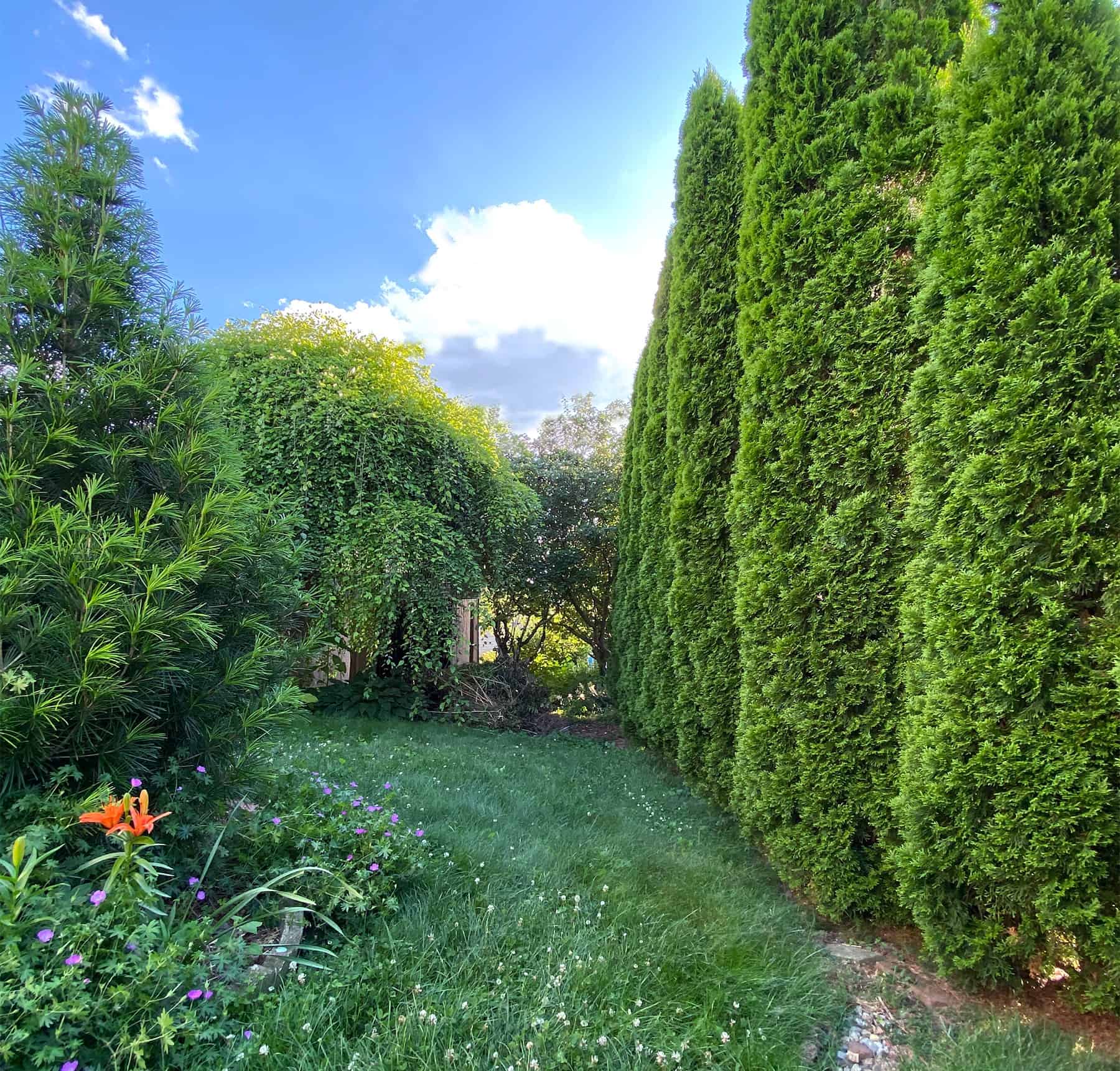

Leave a Reply